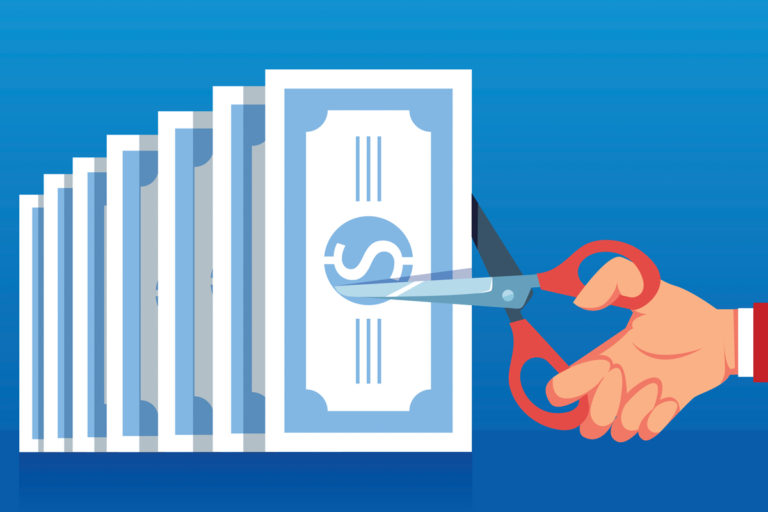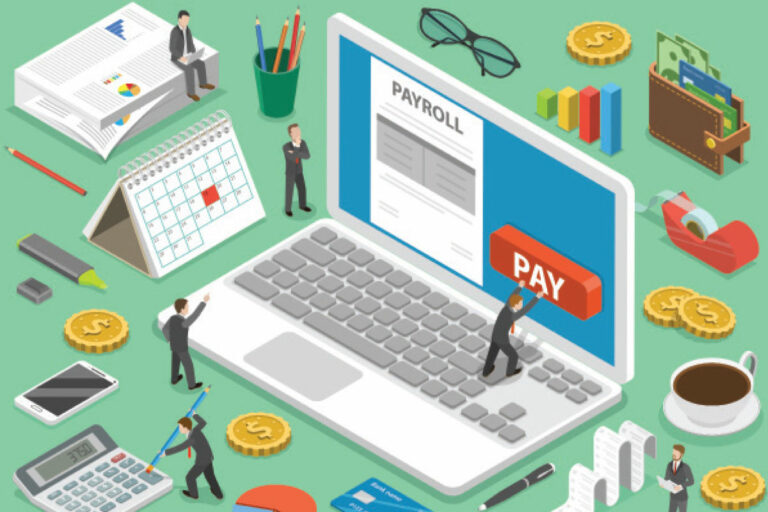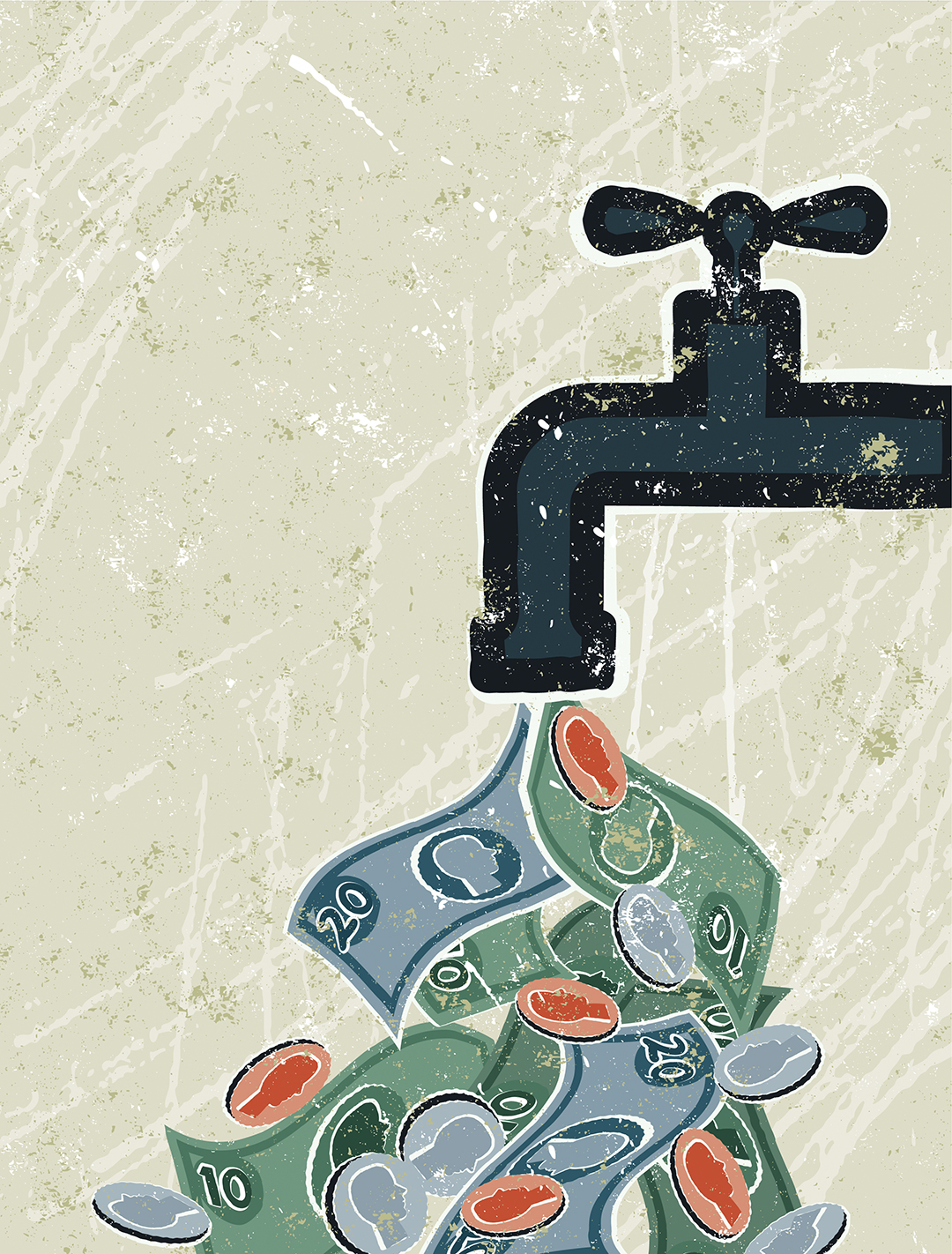The High Cost of Nonbillable Time

Nonbillable time is the single highest cost of doing business in your service department. On average, the typical service tech only bills out about half their time each day. How is this possible? Let’s look at some numbers:
Vacation
Let’s assume the tech gets two weeks of paid vacation a year. Vacation totals 80 hours a year, which is 3.8 percent of their total time for the year (80 hours/2,080 hours per year = 3.8%).
Holidays
The average company pays at least the six basic holidays a year. Holiday time accounts for 48 nonbillable hours a year, or another 2.3 percent of the tech’s total time (48 hours/2,080 hours per year = 2.3%).
Sick Pay
The average company provides five paid sick days a year. Five days is 40 hours, or another 1.9 percent of the tech’s total paid time.
Shop Time
This is a scary number. Most techs average at least 15 minutes in the shop in the morning and another 15 in the afternoon. That’s a minimum of half an hour each day, but most are in the shop a lot longer. When we delete the vacation time, holiday and sick days, that leaves 239 days to work. Thirty minutes shop time for 239 days a year totals another 119 hours, or another 5.7 percent of their total time that cannot be billed to the customer. It is mounting up.
Travel Time
Some shops charge port-to-port, but the vast majority still charge only for the time they are on the job. The typical tech runs five calls a day. Assuming the average travel time between calls is only 15 minutes, that’s another 75 nonbillable minutes a day during the 239 days they can actually work. That totals another 299 nonbillable hours a year. Travel time alone accounts for 14.3 percent of their time a year (299 hours/2,080 hours per year = 14.3%).
Now let’s do a little math and find our total nonbillable time for the year thus far.
“Gee, Tom, that’s not close to half the tech’s time. I thought you said half their time was nonbillable?” You’re right — I did say that. Now add callbacks, warranty work and company meetings to the list. Also think about how much time is spent waiting on no-show customers. And did you ever have a tech come to the shop to help you put up stock, do a small job around the office or perhaps work on a vehicle? Of course you did — and all that is time you cannot charge to the customer.
Consider one last thing: Have you noticed there is a nationwide shortage of technicians? Good techs are hard to find. Think about those slow days when you have less than a full day’s work for your tech. What do you do? What should you do? Send them home. But your mind tells you that “If I send Bill home, he will have less than 40 hours’ work this week. If I send him home often, he will begin to look for other places to work where he can get a steady 40 hours. He is a great tech, so rather than risk losing him I’ll find something for him to do around here to fill out the day.” More nonbillable time.
If you add the above time to the 27.8 percent, our techs are easily generating 45 to 55 percent of their time as nonbillable time.
“OK, Tom, I agree. But how does that affect the company?” Nonbillable time dramatically affects what you need to charge per hour, and it dramatically affects the overall profitability of the department. First, let’s talk about your hourly rate. Let’s assume 50 percent of the tech’s time is nonbillable, and your tech is costing you $22 per hour by the time you add in matching taxes. Fifty percent of the 2,080 hours a year would mean the tech has 1,040 nonbillable hours a year. The cost of nonbillable time is $22,880 (1,040 hours x $22 per hour = $22,880). Assuming the tech actually bills out the other half of his or her time, that means 1,040 billable hours a year. Of the final hourly rate, whatever it comes out to be, $22 an hour of it will be the cost of nonbillable time ($22,880 cost of nonbillable time/the 1,040 billed hours).
Think about this for a minute: The cost of nonbillable time is $22/hour, and the cost of the tech’s time while he is billing is $22. When you add just those two things, the service rate is $44/hour. The $44/hour does not include any company overhead (such as rent, utilities, marketing cost, loans, equipment replacement costs). It also does not include any office salaries (such as owner, office help, dispatcher, supervisors). It is no wonder the real hourly rate most service departments need to be charging is well over $100 per hour.
Now, let’s look at lost revenue. Let’s again assume while the tech is actually billing the customer, he charges an average of $150 per hour, which includes his hourly rate, parts and parts markup. Now, let’s further assume you put some tracking in place and you are able to reduce your 20 hours of nonbillable time by three hours a week during the 50-or-so weeks the tech can work. Turning three hours a week from nonbillable time to billable time would produce an additional $22,500 in gross sales, most of which will be profit. Does it pay to track and reduce nonbillable time? You bet it does.
Invest time and money into learning the business side of your business: Consider a two-day, onsite company overview performed to create a profitable financial business plan for your company. If you are interested, give us a call.






